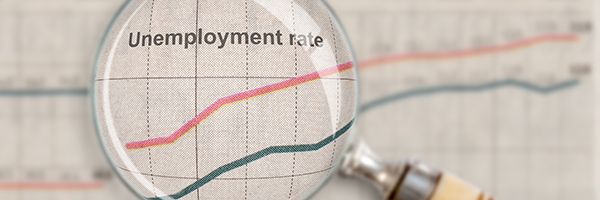This morning the Labor Department released its July jobs report. It showed a gain in non-farm payrolls of 943,000 against 938,000 in June and the 865,000 proejcted by economists surveyed by Bloomberg.
The headline unemployment rate fell to 5.4% from 5.9% in June and a projected 5.7%.
But there are good reasons for reading these numbers with even more care than usual.
The 943,000 new jobs is the biggest monthly gain since August 2020. That’s another period, I’d note, when job gains are a result of the swings in the pandemic. Th economy has still lost 5.7 million jobs since March 2020.
Of the 943,000 new jobs gained in July, a huge contribution came from new government jobs with government payrolls up 240,000 in July. Most of that increase came in education jobs where government statisticians have historically had a tough time figuring out how to adjust for the normal seasonal swings in education employment in summer months. That task is even harder this year, of course, because of school closings due to the pandemic.
No surprise that the biggest increase in jobs came in the leisure and hospitality sectors, which added 380,000 jobs. That number should come with an asterisk, to my mind, because we simply don’t know what the effect of the increase in infections due to the Delta variant will be on jobs in these sectors going forward.
Good news for the economy game from a stronger than expected increase in average hourly earnings, up 0.4% month to month ahead of an expected 0.3% increase. Average hourly earnings are now up 4.0% year over year versus projections that called for a 3.9% rate of growth and sa revised 3.7% year over year rate for June.
Bond prices fell and bond yields rose today. The yield on the 10-year Treasury climbed 7 basis points to 1.30%. (On Monday August 2 the 10-year yield was 1.17%.) The yield on the 5-year Treasury rose to 0.77% from 0.65% on August 2. And the yield on the 2-year Treasury climbed to 0.21 from 0.17% on August 2.
One way to interpret the fall in bond prices and the rise in yields would be to say that the market sees the addition of 943,000 jobs in July as likely to lead to less bond buying and higher interest rates from the Federal Reserve sooner rather than later.
Certainly there’s been increased noise from the Federal Reserve about moving in that policy direction. Today, for example, Robert Kaplan, president of the Dallas Federal Reserve Bank told Bloomberg that the central bank should start tapering its asset purchases sooner rather than later. The Fed should cut monthly Treasury purchases by $10 billion and mortgage-backed security purchases by $5 billion, Kaplan said, ending its bond-buying program in eight months. (He did not suggest a start date for the process.)
I’ve got my doubts.
Today’s data is a backward looking snapshot of a U.S. economy that hasn’t yet felt the full impact of the surge in infections from the Delta variant. I think it’s unlikely that the Fed will move at its mid-September meeting (the next chance for a shift in policy) until it has a better idea of what the growth rate for the U.S. economy will look like going forward. The last thing (well, one of the last things) that the Fed wants to do is move too soon and see its economic forecasts get trashed by the pandemic.Think Powell & Co. aren’t worried about the possibility that they would have to reverse course then?
Let’s face it. We’re all–me, you, investors, Wall Street, and the Federal Reserve–guessing on the trend in the economy right now.


